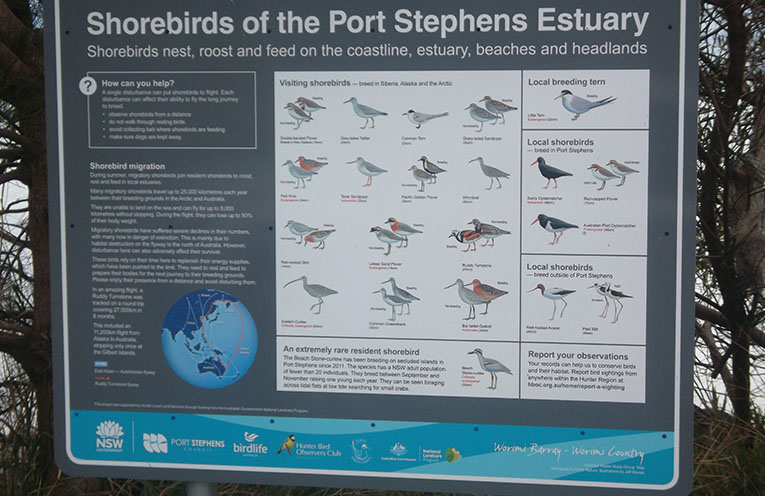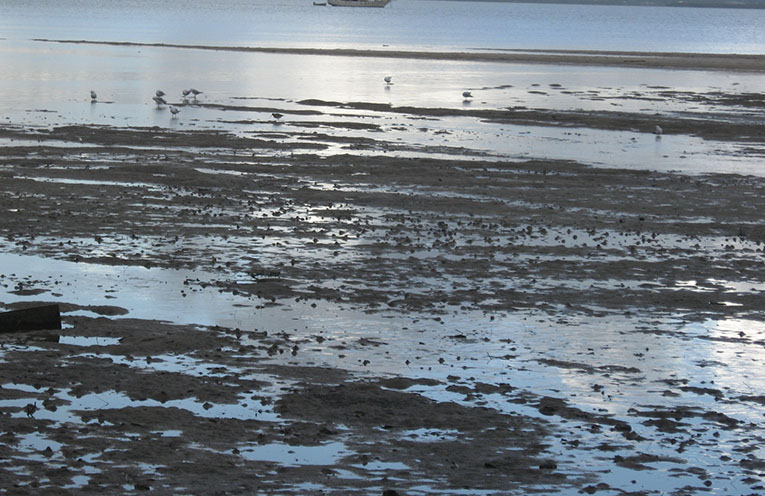
WHEREAS spangled drongos, channel billed cuckoos and white bellied sea eagles are a dime a dozen in Port Stephens, bird watchers are on the lookout for a very rare species.
It breeds on secluded islands around the Port during September and October and there are fewer than 20 left.
 Advertise with News of The Area today.
Advertise with News of The Area today.It’s worth it for your business.
Message us.
Phone us – (02) 4981 8882.
Email us – media@newsofthearea.com.au
With just one chick produced each year it is now classified as ‘critically endangered’.
We are talking here of the beach stone curlew, a bird of around 55cm in length which can be seen at low tide foraging for crabs around the sand flats and weed beds.
So concerned are the authorities that a picture of it appears on an identification sign beside the middle boat ramp at Tanilba Bay.
The sign also lists many migratory birds which ‘bulk up’ for their annual flight to as far north as Siberia and Alaska where they breed.
These too have seen a dramatic fall in numbers as many Asian tidal flats where they used to stop to forage have been reclaimed for development.
Put simply, many starve.
The broad tidal flats at Tanilba/Mallabula and to a lesser extent those in Lemon Tree Passage are the ideal place to see and photograph these avian migrants during our summer.
Tattlers, terns, sandpipers, godwits and greenshanks are just a few of the types you can spot and identify from the sign.
You can also report the numbers of each species via an email address provided.
By Geoff WALKER

